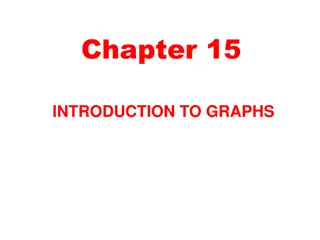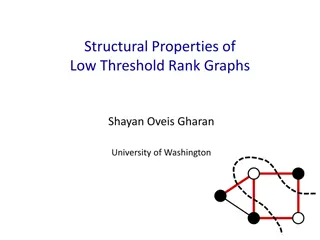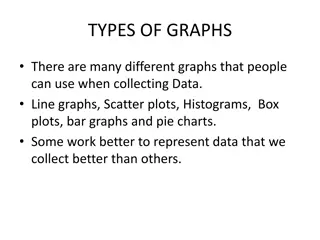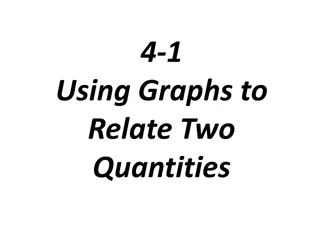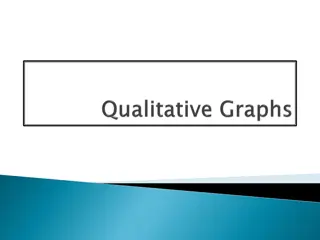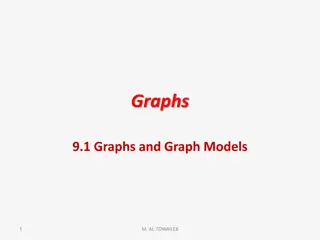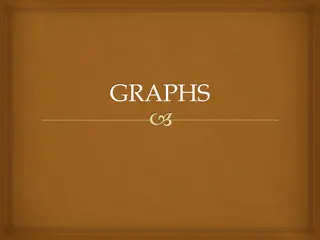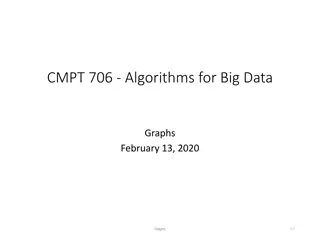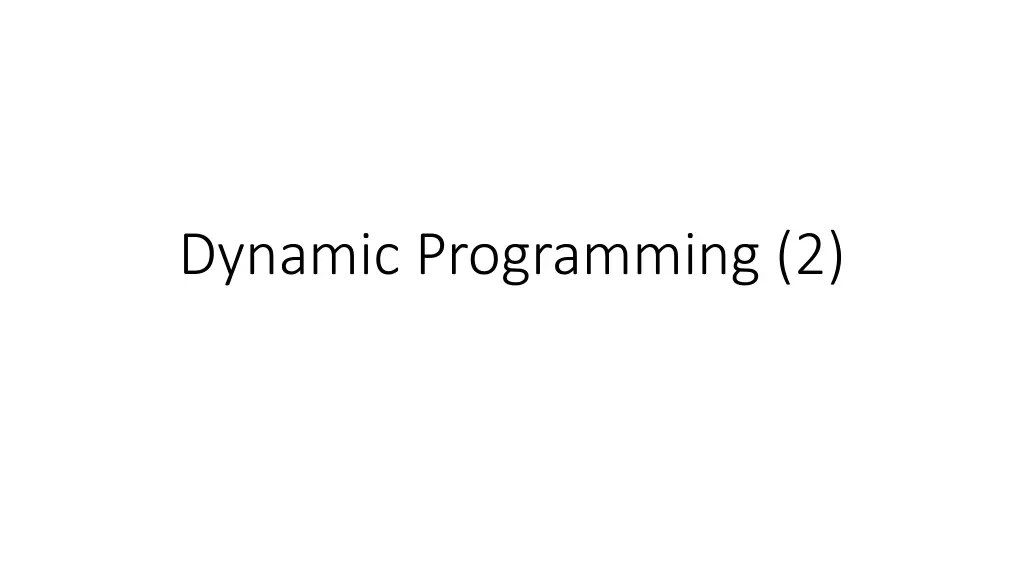
Advanced Techniques in Dynamic Programming
Discover advanced concepts in dynamic programming such as optimizing recursive algorithms, computing binomial coefficients, and finding maximum independent sets in weighted paths. Explore strategies to speed up algorithms by storing partial results, understand recursive calls using trees and DAGs, and learn how to approach problems bottom-up. Dive into recursive procedures and visualize the complexity of recursive calls through informative illustrative diagrams.
Download Presentation

Please find below an Image/Link to download the presentation.
The content on the website is provided AS IS for your information and personal use only. It may not be sold, licensed, or shared on other websites without obtaining consent from the author. If you encounter any issues during the download, it is possible that the publisher has removed the file from their server.
You are allowed to download the files provided on this website for personal or commercial use, subject to the condition that they are used lawfully. All files are the property of their respective owners.
The content on the website is provided AS IS for your information and personal use only. It may not be sold, licensed, or shared on other websites without obtaining consent from the author.
E N D
Presentation Transcript
DP-overview A technique to speed up a recursive algorithm by storing partial results (tradeoff space for time) Recipe: Start with a recursive algorithm (or definition) Identify if it re-computes some quantities (subproblems are shared) Avoid recomputation by storing partial results (memorization/caching)
Ex2: Binomial coefficients Compute ? Easy recursive algorithm based on ? Initial conditions ? ?? ? 1 ? 1+ ? 1 ? ?= ?= 1 and ? 0= 1 for all ?
The tree of recursive calls 5 3 4 2 4 3 3 1 3 2 3 2 3 3 2 1 2 0 2 1 2 2 2 1 2 2 1 0 1 1 1 0 1 1 1 0 1 1 ? ? Number of recursive calls is ?
The DAG of recursive calls 5 3 4 2 4 3 3 1 3 2 3 3 2 1 2 0 2 2 1 0 1 1 Number of recursive calls is ? ?2
Binomial coefficient bottom-up Once we understand the subproblems DAG, we can just compute the solutions to all subproblems bottom-up
Ex3: Max Ind. set in weighted paths 3 1 4 1 5 9 2 6 Find a subset of nonadjacent vertices of maximum total weight
A recursive procedure def ind(k): if k==1: return v[1] If k==2: return max{v[1],v[2]} return max{ ind(k-1) , v[k] + ind(k-2) }
The tree of recursive calls (for Ex1 (Fib)) F(6) F(4) F(5) F(4) F(3) F(3) F(2) F(3) F(2) F(2) F(1) F(2) F(1) F(2) F(1)
Our tree of recursive calls I(6) [3,1,4,1,5,9] 9 I(4) I(5) [3,1,4,1,5] [3,1,4,1] 5 1 I(4) I(3) I(3) I(2) [3,1,4] [3,1,4] [3,1,4,1] [3,1] 3 4 1 4 I(3) I(2) I(2) I(1) I(2) I(1) [3,1] [3] 3 [3,1] 3 [3] 3 [3,1,4] [3,1] 3 4 I(2) I(1) [3,1] 3 [3] 3 ? ? time
The subproblems DAG F(6) F(5) F(4) F(3) F(2) F(1)
The subproblems DAG I(6) I(5) I(4) I(3) I(2) I(1)
Compute all solutions bottom-up ind[1] = v[1] ind[2] = max{v[1],v[2]} for i in range(3,k): ind[k] = max{ ind[k-1] , v[k] + ind[k-2] } ? ? time




